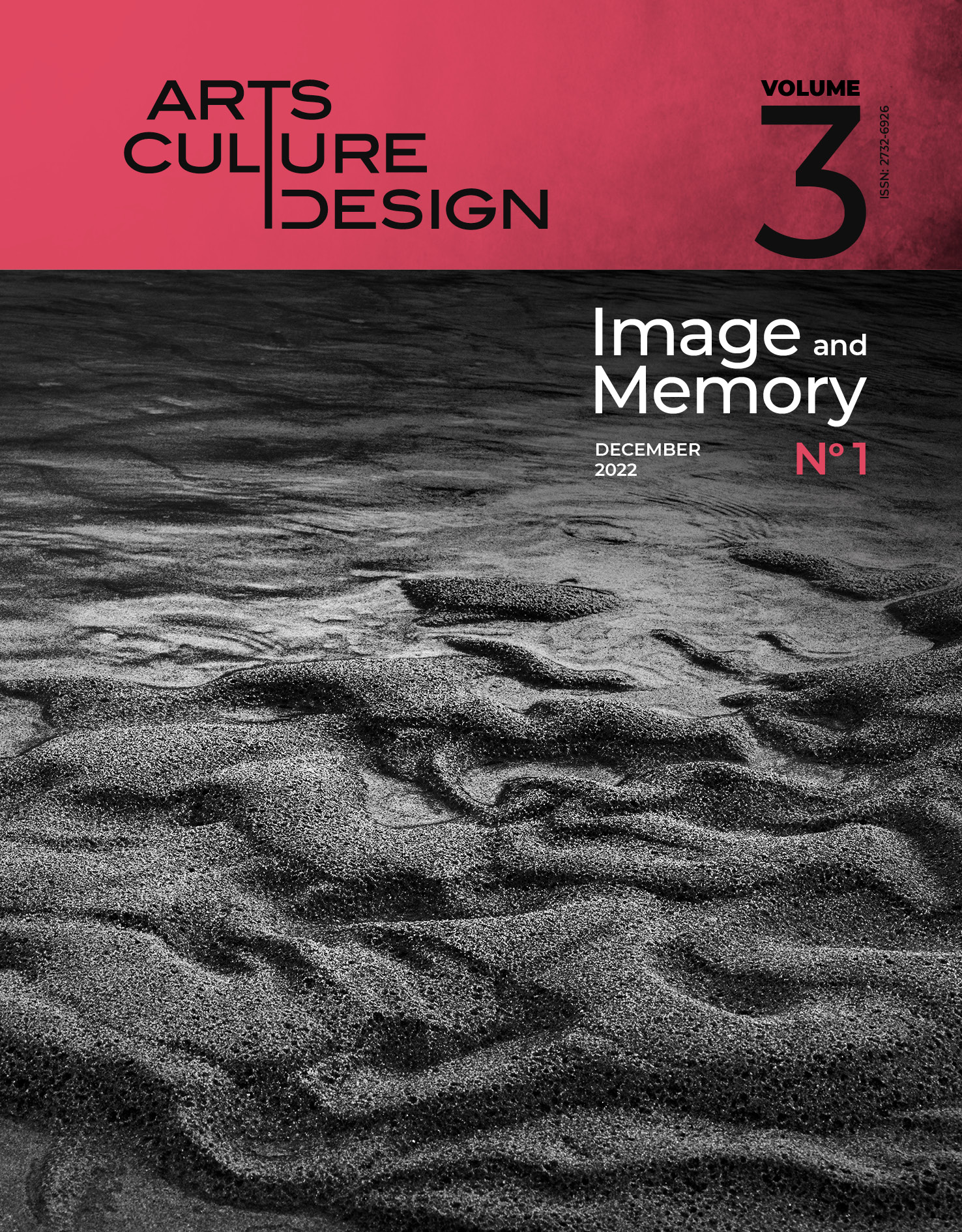THE BALANCE OF PRIVATE IMAGE AND MEMORY

Abstract
The invention of photography was followed by its extensive usage as visual documentation of any possible scene, by nature, human, object or event. The watchful eye of the camera was hailed as an impassive observer of facts, a witness that tells no lies entrusted with the preservation of public and personal histories. Under these assumptions it was connected with the crystallization of collective memory as well as the wide initiation of private archiving in the form of the family album, especially when easy-to-use camera technology became commercially affordable. In this short essay, accepting a line of continuity between snapshots and networked photographs despite technological and cultural ruptures, their attributes and uses will be held accountable for providing a mediated, visual shelter to notions of personal and collective memory. Although this kind of imagery is deemed non-art, my approach is conducted as an art-fuelled investigation, with a mind to set a field of potent exchanges between memory function and images for cultural negotiation. For that, using interdisciplinary discursive analysis I will look at the evolution of photographic imagery from snapshot to networked within a branch of personal, self-produced representations that have affected both our autobiographical referencing and collective remembrance. The notion of memory, as the performative interaction between person, technology, media and narrative will be seen against snapshot and networked photography as an informal, meaning-making tactic. In particular, network photography is acknowledged mainly through its manifestations on visual posts on Facebook or Instagram. While snapshots as a genre satisfied the need to handle privately the visual documentation of our past and allegedly keep time frozen, networked photographs establish memory in fluidity as remembrance of the present moment just-turned-into-past. The above positioning prompts a bipartite question: (a) do networked photographs support memory on a personal and collective level in ways similar to snapshot culture, and (b) in the advent of changes has the flow of memory been altered?
Article Details
- How to Cite
-
Kotamanidou, N. (2023). THE BALANCE OF PRIVATE IMAGE AND MEMORY. Design/Arts/Culture, 3(1), pp. 43–56. https://doi.org/10.12681/dac.31499
- Section
- Articles

This work is licensed under a Creative Commons Attribution-NonCommercial-ShareAlike 4.0 International License.
The copyright for articles in this journal is retained by the author(s), with first publication rights granted to the journal. By virtue of their appearance in this open access journal, articles are free to use (with the exception of the non-granted right to make derivative works) with proper attribution for non-commercial uses (licence Creative Commons 4.0). EKT/NHRF retains the worldwide right to reproduce, display, distribute, and use articles published in DAC in all formats and media, either separately or as part of collective works for the full term of copyright. This includes but is not limited to the right to publish articles in an issue of the Journal, copy and distribute individual reprints of the articles, authorize reproduction of articles in their entirety in another EKT/NHRF publication, and authorize reproduction and distribution of articles or abstracts thereof by means of computerized retrieval systems.
DAC journal considers all submitted artwork on the condition author(s) confirm that third-party intellectual property rights are not violated in any way.
Author(s) are responsible for securing permissions to publish copyrighted material, such as photographs and other artwork and for paying any fees involved. Production of an article will not begin until the editor has received all relevant permissions.
The copyright for published articles in Design | Arts | Culture is retained by the author(s). By virtue of their appearance in this open access journal, articles can be used freely, with proper attribution, for educational and other non-commercial purposes.


